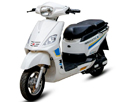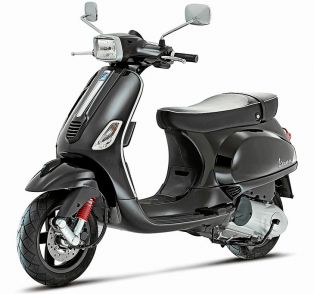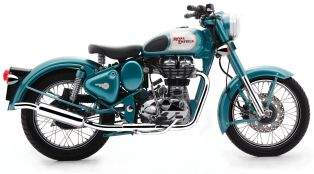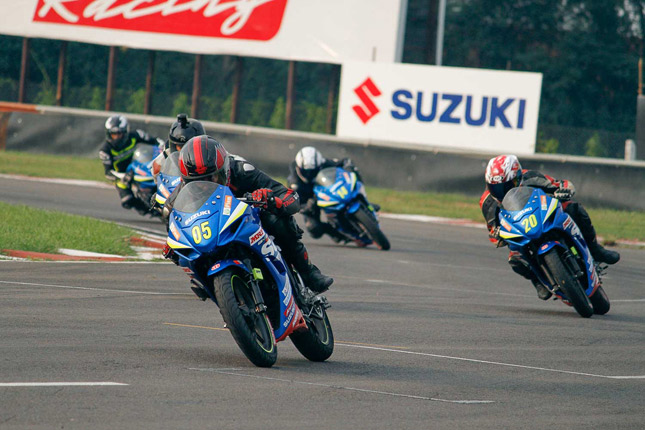 When you hold your hand in front of a swift air breeze, what happens? Or just consider in front of a table fan going at a berserk speed. Your hand gets thrown in the direction of the air flow until you apply some sort of force from your muscles to keep it stabilized at one position and hence you have to keep applying that force continuously else the moment you let go, you hand will again go the way of the wind blast.
When you hold your hand in front of a swift air breeze, what happens? Or just consider in front of a table fan going at a berserk speed. Your hand gets thrown in the direction of the air flow until you apply some sort of force from your muscles to keep it stabilized at one position and hence you have to keep applying that force continuously else the moment you let go, you hand will again go the way of the wind blast.The same principle works here in case of compressed air in tyres. Tyres are nothing but round pieces of rubber. They have their own elasticity and bending capabilities, but when it comes to holding the weight of your bikes, they are going to fold like 9 pins because the bike is but natural heavy. So the way you need to apply pressure to your hand to keep it in position, compressed air is used in the tyres to keep them standing and hold the weight of the bike.
The concept is very simple here. The tyres need a force on the inside to apply reverse pressure on the tyre walls and expand the tyres to carry the weight of the bike and the rider and also retain its original shape for optimum efficiency and least rolling resistance (rolling resistance is the force or resistance caused in the rolling of the tyres which does not allow them to rotate freely or causes hindrance in the rolling mechanism).
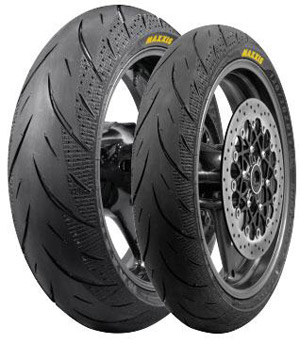 In case of compressed air, the air around us is in a state of non-tension. When the air molecules are collected and packed together with some amount of force, it works like a spring mechanism. The air is looking to expand again to return to its original form. This in turn causes the air to apply this expansion force on whatever body they are packed in. So in case of tyres, the compressed air wanting to expand back to its original form applies pressure on the tyre walls from the inside, hence inflating the tyres. This is how the folded tyre regains back its normal shape and gets rolling properly.
In case of compressed air, the air around us is in a state of non-tension. When the air molecules are collected and packed together with some amount of force, it works like a spring mechanism. The air is looking to expand again to return to its original form. This in turn causes the air to apply this expansion force on whatever body they are packed in. So in case of tyres, the compressed air wanting to expand back to its original form applies pressure on the tyre walls from the inside, hence inflating the tyres. This is how the folded tyre regains back its normal shape and gets rolling properly.This is also a simple case why there is a need for specific tyre pressure to be maintained. The tyre pressure for the tyre is recommended according to the weight that the tyre has to carry. The reason why the rear tyre is mostly asked to maintain a pressure of 28-29 psi for a single rider and up to 30-32 psi in case of a pillion riding. This is because lower pressure causes the tyre to fold and increases the rolling resistance.
In case of seasons when the air temperature starts varying, there is a need to adjust the tyre pressure of the bike. This is because the air tends to expand and contract with temperature variation. In summers the air expands due to heat which can cause sudden tyre bursts. Hence it is recommended to keep a lower tyre pressure in the summers. The inverse is true for winters where the air contracts, hence a higher tyre pressure is recommended.
By: Pratik Patole





